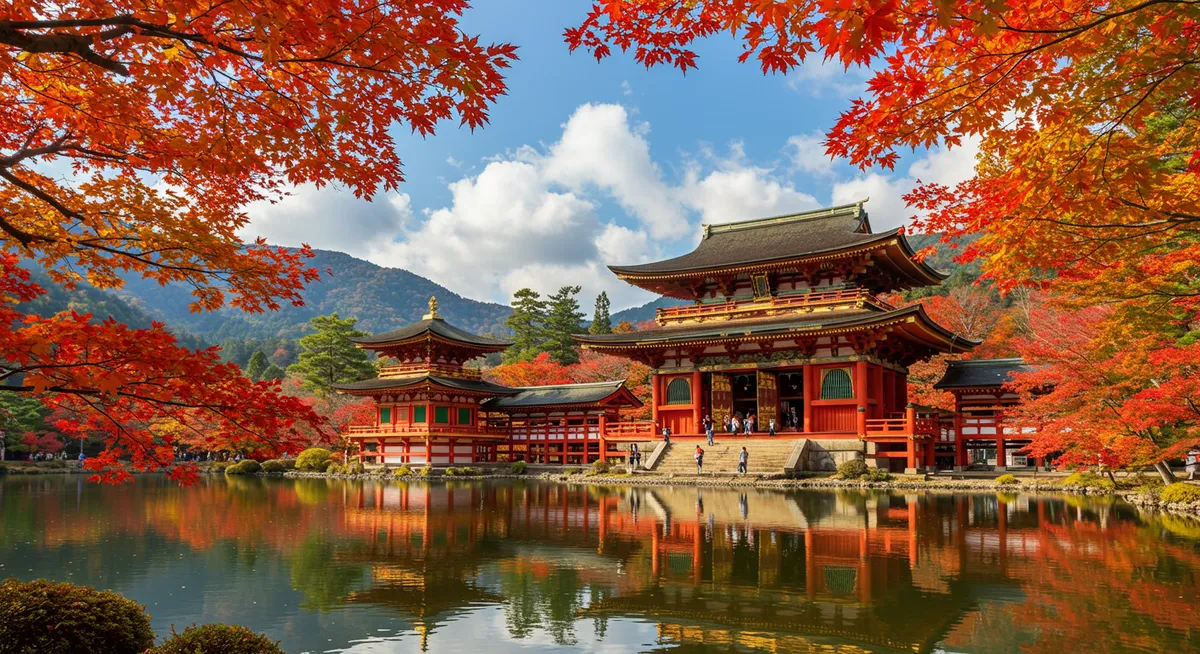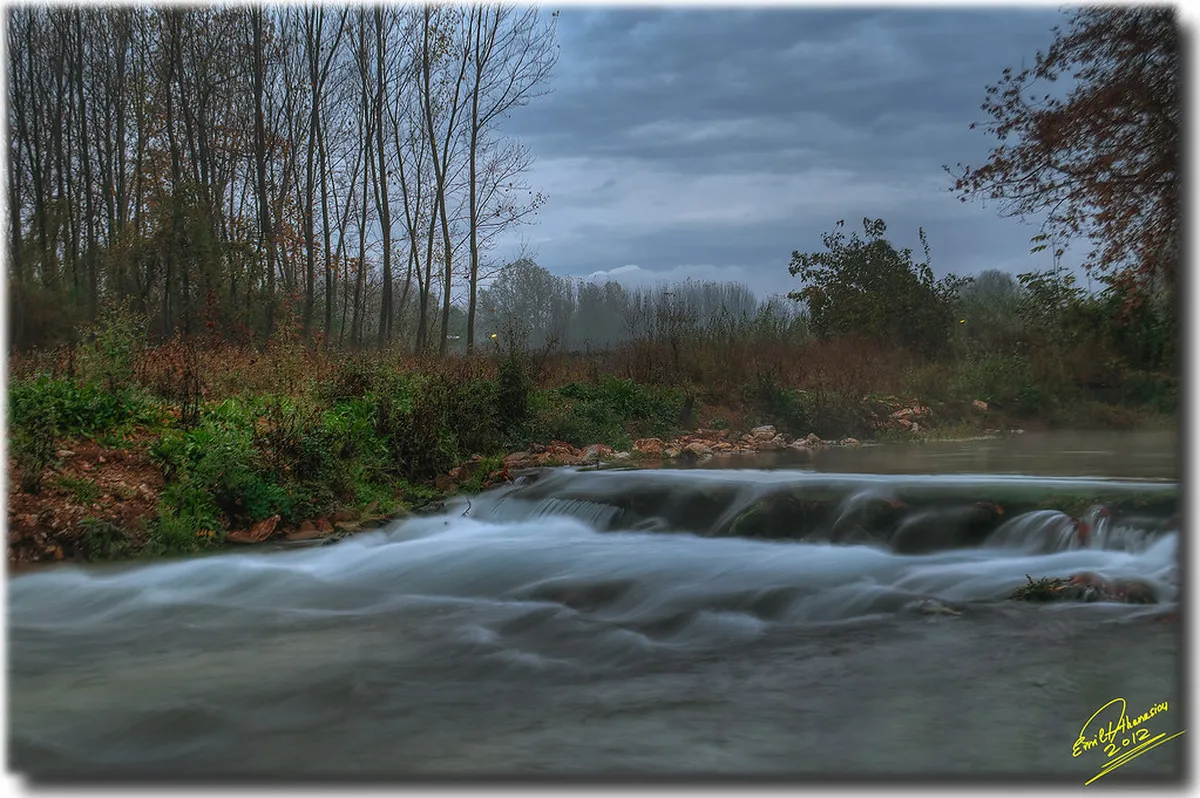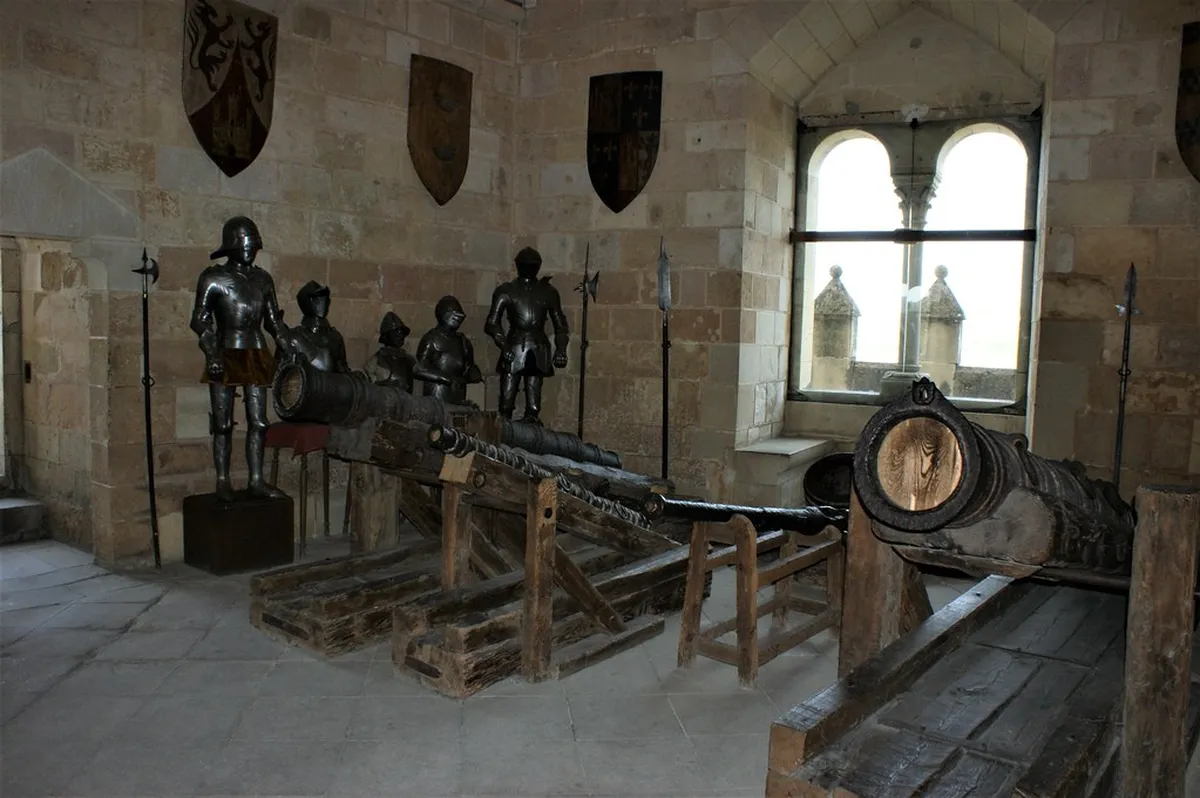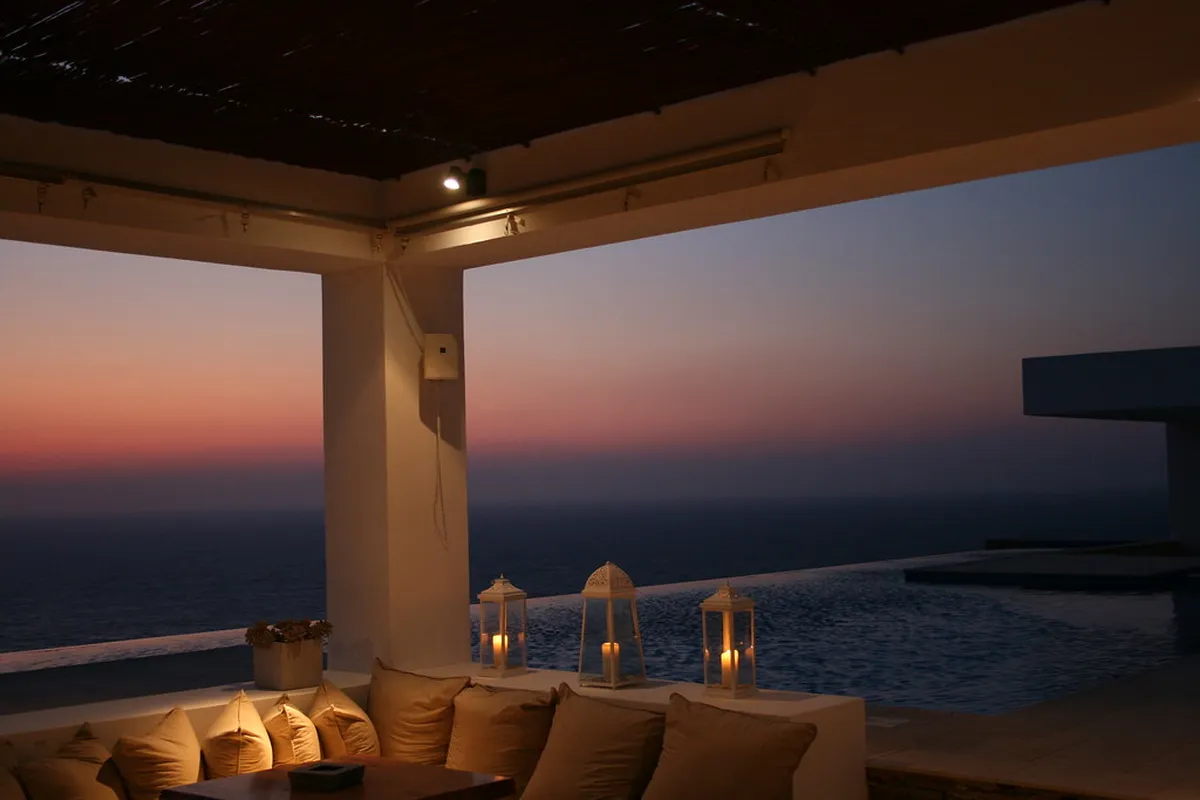Nikkō's Seasonal Charms: When to Plan Your Trip
Having explored Nikkō's sublime beauty across multiple seasons, I can confidently say that timing your visit profoundly shapes your experience. This ancient city, nestled in the mountains north of Tokyo, offers a unique charm with every passing month. Choosing the best time to visit Nikkō 2025 depends entirely on what you wish to see and do, from vibrant fall foliage to serene snowy landscapes. My personal journeys have revealed that Nikkō’s allure is truly year-round, transforming with the changing climate. This guide will help you decide which season aligns best with your travel desires, ensuring an unforgettable Japanese adventure. Schedule your trip with our Nikkō itinerary. Enhance your Nikkō experience with our Nikkō itinerary.
Spring's Gentle Awakening: March to May
Plan this trip faster with our free online itinerary maker. Get a personalized day-by-day plan in minutes.
Spring in Nikkō, from March to May, offers a refreshing escape as the region awakens from winter. While cherry blossoms arrive a bit later here than in Tokyo, usually from late April into early May, the fresh greenery and pleasant temperatures make it a delightful period. The crowds are generally thinner than during autumn, allowing for a more serene exploration of the UNESCO World Heritage shrines and temples. For instance, walking the approach to Toshogu Shrine amidst budding trees is particularly tranquil. My top tip: consider a visit in early May to catch the last of the blossoms and enjoy comfortable hiking weather. It's a wonderful time to embark on a comprehensive Nikkō itinerary without the intense summer humidity or autumn rush. Travel affordably with our Nikkō budget guide.
Summer's Lush Vibrancy: June to August
From June to August, Nikkō becomes a verdant haven, especially appealing for those escaping Tokyo's intense summer heat. The lush landscapes around Lake Chuzenji and Kegon Falls are at their most vibrant, making it an ideal time for outdoor activities like hiking and boating. While June brings the start of the rainy season, showers are often intermittent, clearing to reveal misty, atmospheric scenes. My personal experience finds Nikkō's summer mist adding a mystical quality to the temples, like Rinno-ji. Despite the humidity, the elevation keeps temperatures cooler than the capital. For a smooth journey, understanding how to get to Nikkō from Tokyo is crucial, ensuring you maximize your time enjoying the summer's natural beauty and avoiding travel hiccups during peak travel days. Enhance your Nikkō experience with our Nikkō itinerary. Design your dream vacation using our Nikkō itinerary.
Autumn's Golden Spectacle: September to November
Autumn, particularly from late September to mid-November, is widely considered the absolute best time to visit Nikkō 2025 for its breathtaking fall foliage. The mountains explode in a kaleidoscope of crimson, gold, and orange, drawing visitors from across the globe. Areas like Irohazaka Road and Lake Chuzenji are iconic for their autumn displays, though they also become incredibly popular. If you're planning your trip for autumn, be prepared for significant crowds and higher accommodation prices. Personally, arriving early in the day or exploring lesser-known trails has always helped me find pockets of tranquility even during peak season. Delving into Nikkō's temples and shrines during this season offers a stunning backdrop to these historic sites, making photography truly spectacular. Enhance your Nikkō experience with our Nikkō itinerary. Map out your exploration with our Nikkō itinerary.
Winter's Serene Beauty: December to February
For a tranquil and almost spiritual experience, consider visiting Nikkō during winter, from December to February. While cold and often snowy, the landscape transforms into a serene wonderland. The UNESCO shrines and temples, dusted with snow, offer a stark and beautiful contrast to their vibrant autumn hues. Crowds are minimal, allowing for peaceful contemplation and stunning, unobstructed photos. Many of Nikkō's attractions remain open, and a soak in a traditional onsen (hot spring) feels particularly invigorating after a day of exploration. My favourite winter memory is witnessing Kegon Falls partially frozen – a truly magical sight. A well-planned Nikkō day trip itinerary can cover the key sights, even if the daylight hours are shorter, providing a unique perspective on this historic Japanese gem. Enhance your Nikkō experience with our Nikkō itinerary.
Frequently Asked Questions
When is Nikkō's autumn foliage at its peak?
How crowded is Nikkō during peak seasons?
Are Nikkō's main attractions accessible year-round?
Ultimately, the best time to visit Nikkō 2025 hinges on your personal preferences for weather, scenery, and crowd levels. Each season offers a distinct charm, from spring's fresh blossoms to winter's serene snowy vistas. While autumn is undeniably spectacular for its foliage, don't overlook the unique beauty of Nikkō in its quieter seasons. Regardless of when you choose to go, Nikkō promises a captivating blend of natural beauty and rich cultural heritage. Start planning your journey now to experience the magic of Nikkō firsthand!



